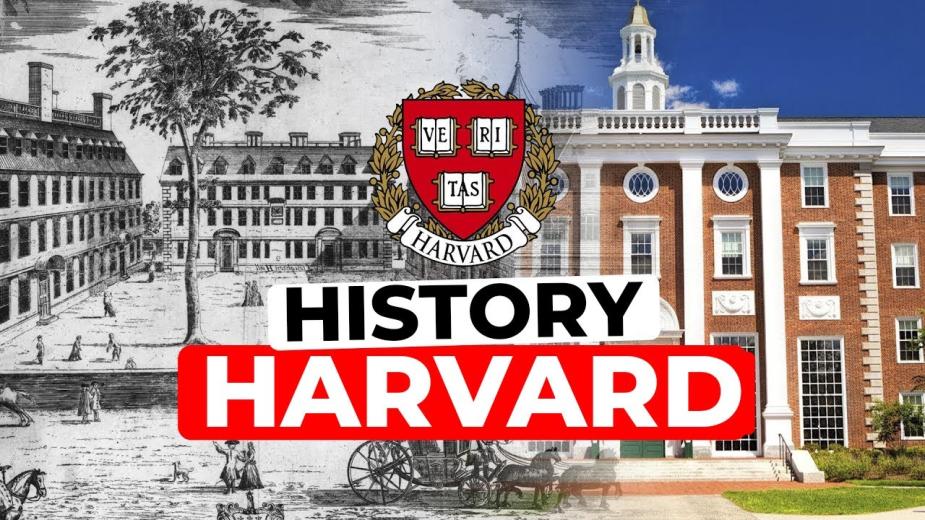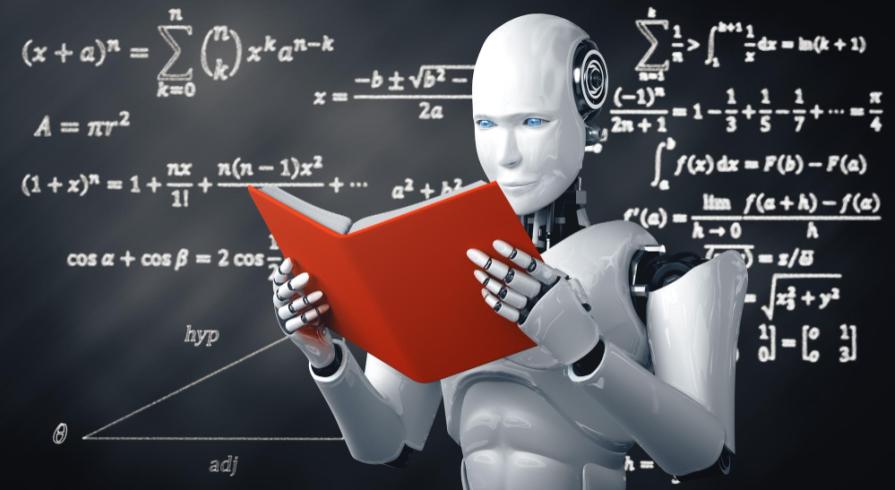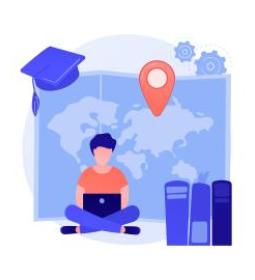American universities are increasingly testing the MathGPT.ai system, and its implementation is much faster than could be expected. At first, it worked in 30 colleges and universities, and by the fall the coverage will almost double. These are only the first steps, but the trend is obvious - the technology is confidently gaining a foothold in the educational environment.
The main difference from traditional chatbots is that MathGPT.ai does not slip ready-made solutions: instead, it guides students through questions, makes them think and look for the answer themselves. In fact, this is not a calculator or a reference book, but rather a digital mentor that does not allow you to relax and at the same time helps to develop critical thinking.

Teacher support
Interestingly, the neural network is positioned not as a replacement for the teacher, but as his ally. Major universities, including Pennsylvania State University, Tufts, and Liberty, are already integrating it into their work. Teachers use the platform as an auxiliary tool: they upload textbooks to the system, receive automatically generated questions for seminars, and use homework checking.

The coverage is also impressive — MathGPT.ai works with the entire university math course, from algebra to calculus. For students, this means that support is available at every stage, and for teachers, it means that the system is not limited to a separate section, but is truly universal.
New opportunities for the educational process
By the beginning of the school year, the system received a number of updates that directly affect the educational process. Now it is the teachers who decide where it is permissible to use a neural network, and where the student must cope on his own. In addition, you can flexibly adjust the number of attempts to solve problems: in some cases, limit them to stimulate attention and concentration, and in others, open unlimited access to studying 5 options that do not affect the final score. This approach reduces pressure and helps to perceive learning as a process of development, and not as endless stress.
Hundreds of teachers are already including MathGPT.ai in their courses, and there is a growing consensus among experts that such tools could eventually become the standard, not a passive prompting standard, but a learning model where artificial intelligence helps to think.
What does the practice of using AI by students show?

Studies of the impact of neural networks on academic performance show that they are most actively used in programming courses — to debug code and find solutions. After surveying 231 students, specialists from the University of Tartu found that high activity in the use of AI correlates with low grades. But the reason is seen not in the AI itself, but in the approach of students: those who are already experiencing difficulties are more likely to turn to neural networks for help, preferring ready-made answers to deep assimilation of the material. This can form a bad habit of relying on artificial intelligence to the detriment of one's own learning.
Balancing Help and Addiction
A key idea that is increasingly being discussed in educational circles is that artificial intelligence should help, not replace, learning. Too easy access to ready-made clues can deprive the student of the main thing — the ability to figure it out on his own.
However, students are also finding unexpected ways to apply technology. For example, neural networks are used to translate code from one programming language to another: this not only speeds up work, but also helps to better understand new languages, notice the differences between them, and practice solving non-standard problems.
Where is the education system heading?

The conclusion, which is gradually becoming obvious, is quite simple: neural networks are most useful when they work as a partner in learning. They can ask the right questions, suggest direction, create additional tasks, but at the same time they do not deprive the student of the need to turn on his head.
MathGPT.ai is just an example of such a model. Unlike services, where you can get a ready-made answer in a second, here you have to think. For education, this may be a turning point: technology is no longer a crutch and becomes a tool for development.
The main question now is whether universities will be able to strike the right balance. If it succeeds, a future where AI actually helps learn, rather than hinders, may be closer than it seems!













